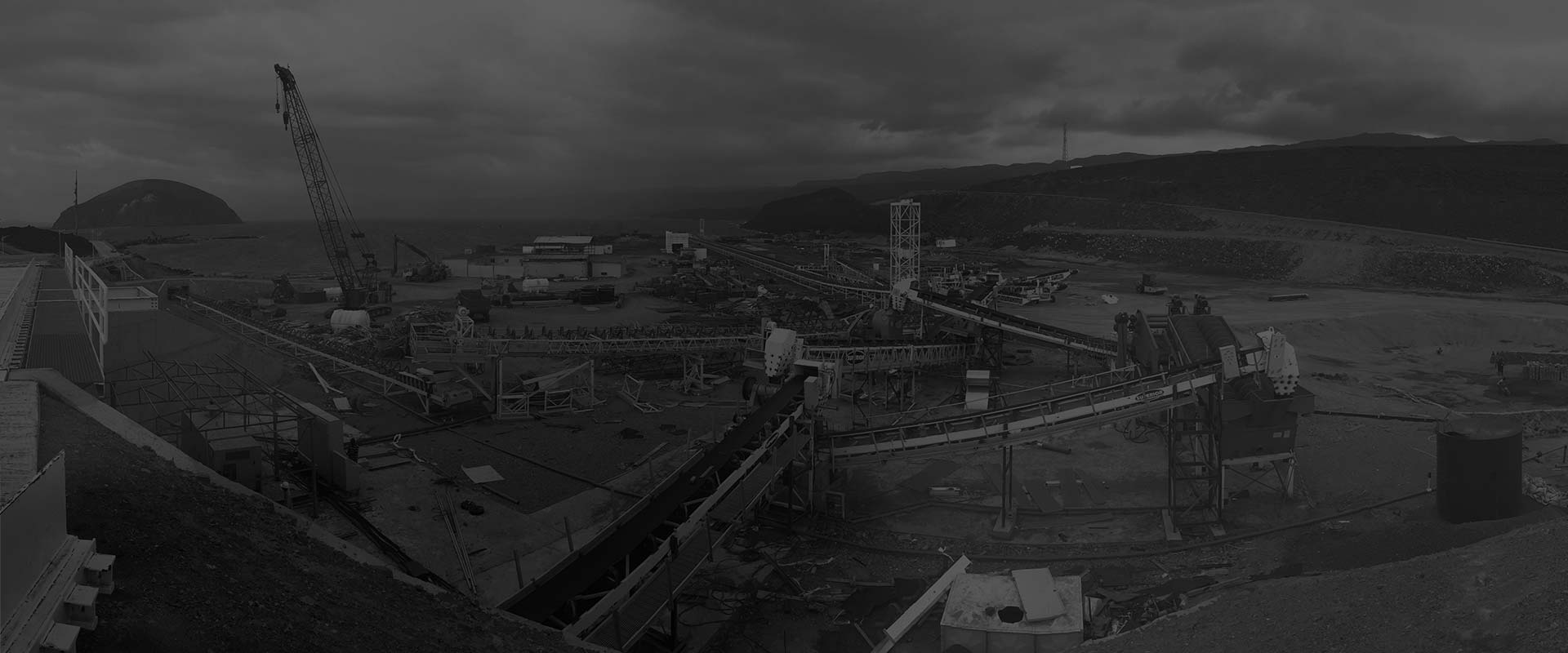0086-379-64087240
With the continuous development of my country’s infrastructure construction, the demand for cement is continuously increasing, and with the continuous development of cement production equipment to large-scale development, especially the increasing production of cement ball mills, overflow ball mill, wet grid ball mill and dry ball mill. In addition, its structure has become larger and larger, and its installation process has also become more and more demanding. This article is based on Φ4. 2 × 14m. We are one of the top industrial grinding mill manufacturers. Take the installation of a 5m ball mill as an example to introduce the installation process of a large cement ball mill.
Because this model of cement ball mill is relatively large, and the length of its cylinder has reached 14. 5 meters, plus some auxiliary equipment for discharging, make the length reach about 30 meters, but for this equipment, its foundation is not a complete one, mainly composed of three independent foundations. As for the equipment foundation, if the construction quality cannot be guaranteed, it will cause the equipment to sink during operation, which in turn will cause the equipment to fail to operate normally, and there will be safety hazards. Therefore, before the overflow ball mill, wet grid ball mill or dry ball mill is installed, we must do the following work:
First, the basic dimensions of the equipment must be checked and accepted, and the deviations required to meet the requirements of the specification.
At the same time, it must ensure that the concrete surface of the foundation pouring cannot appear honeycomb and In the case of pitted surface, the maintenance requirements must be met during the curing of the concrete.
The second is to make a target plate for observing settlement on the outer edge of each foundation of the equipment at an elevation of one meter. Before the equipment is formally installed, the side punctuality of the target plate must be checked. Observe to ensure that the installation of the equipment can meet the requirements.
The third is to submit the following content before the completion of the foundation:
one is the geological survey report of the installation location;
the second is the drawing description of the equipment;
the third is the relevant information about the equipment foundation excavation;
the fourth is the inspection report of the steel bars;
the fifth is the binding of the steel bars Inspection data;
Sixth, the test report of concrete strength and other related content.
The first is to bury two central target plates at the main centerline of each line, and to indicate the positioning reference point of each centerline on it, and use red paint to record it. For the central target plate, the steel plate of 100×200×10mm is mainly used for production. And use M12 expansion bolts to fix it. The second is that the following requirements must be met during the process of marking the foundation, and the length deviation of the two diagonal lines must meet the design requirements. One is that the allowable deviation of the longitudinal centerline cannot exceed 0.5 mm. The second is that the deviation between the horizontal centerlines of the two foundations cannot be greater than one. 0 mm; Third, the deviation of the diagonal length difference cannot be greater than 1 mm; Fourth, the deviation of the horizontal centerline parallel cannot be greater than 5/1000.
It is not only necessary to check the continuity of the equipment, but also to check the contact between the bearing bush of the sliding shoe bearing and the journal of the mill cylinder. The inner diameter of the shoe surface of the sliding shoe bearing must be greater than 1/1000 of the outer diameter of the cylinder journal. Turn the supporting shoe and place it on the top of the journal, and use a feeler gauge to check the gap between the journal and the supporting shoe. The gap is usually 0. Between 05 and 0.10mm, the depth of the feeler gauge insertion is about 20mm. After that, the coloring method is used to check the contact between the bush and the journal, and it is required that there is a good relationship between the bottom of the support shoe and the journal. Contact, no less than 4 contact points within every 25 × 25mm. If it exceeds this range, scraping must be done, but the scraping process is only performed within the outermost area of 20mm-50mm at both ends of the supporting shoe.
Reference
Ball Mill, Working Principle, Types, Parts, Applications and Advantages
The first is to install the base. The base is usually a whole piece of cast iron, and the upper and lower surfaces must be processed. The four anchor bolts shall be used as the standard when marking the line, and then the holes shall be punched. The method is mainly to hang the longitudinal centerline steel wire of the cement ball mill, and take the feed inlet and the outlet center of the mill as the center plate. At the same time, hang two horizontal centerlines. According to the transverse direction of the mill center plate, the centerline serves as the transverse centerline of the bearing base. The second is to locate the anchor bolts. The sliding shoe bearing is mainly fixed by anchor bolts. After the first alignment, the first concrete grouting is carried out for 28 days, and then leveling is carried out and the anchor bolts are tightened. Nuts, after leveling, perform a second foundation plastering.
The installation of other parts of the ball mill meets the requirements of the specification. Contact CIC for technical information about ball mill installation and kiln installation.
